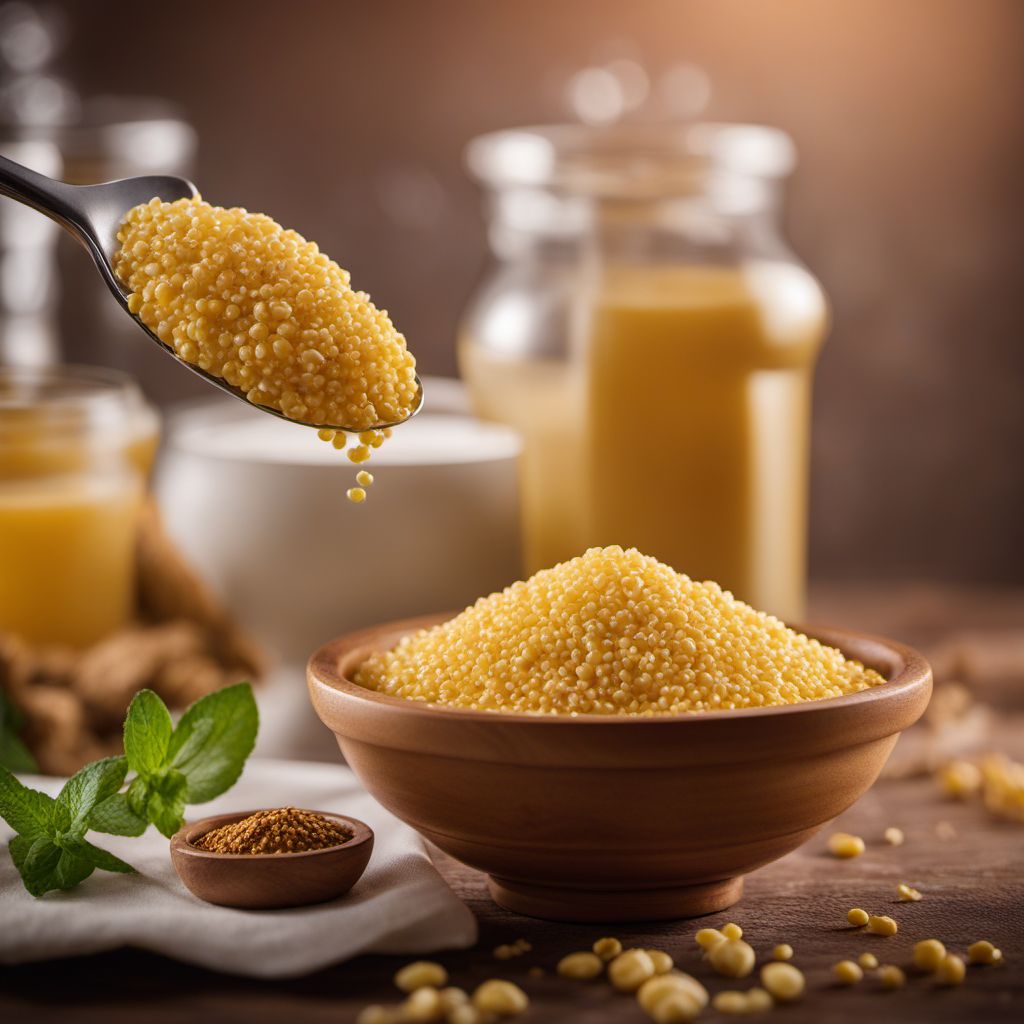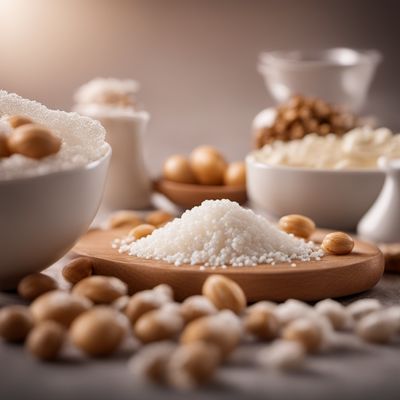
Ingredient
Polydextrose
The Versatile Fiber Booster: Polydextrose
Polydextrose is a soluble fiber derived from dextrose, sorbitol, and citric acid. It is commonly used as a food additive to increase the fiber content of processed foods. Polydextrose has a neutral taste and a fine, powdery texture, making it easy to incorporate into a wide range of recipes. It dissolves easily in liquids and can be used as a sugar substitute in some applications. Despite its name, polydextrose is not a naturally occurring substance but is instead created through a series of chemical reactions.
Origins and history
Polydextrose was first developed in the 1960s as a response to the growing demand for low-calorie and sugar-free food options. It gained popularity as a sugar substitute and bulking agent in various processed foods, including baked goods, dairy products, and beverages. Today, polydextrose is widely used in the food industry to enhance the nutritional profile of products without compromising taste or texture. It is considered safe for consumption and has been approved by regulatory authorities in many countries.
Nutritional information
Polydextrose is low in calories and does not significantly impact blood sugar levels, making it suitable for individuals following a low-calorie or diabetic-friendly diet. It is also a good source of dietary fiber, which aids in digestion and promotes satiety. Additionally, polydextrose is not metabolized by oral bacteria, reducing the risk of tooth decay.
Allergens
There are no known allergens associated with polydextrose.
How to select
Polydextrose is typically available in the form of a white, fine powder. When purchasing, look for products that are labeled as pure polydextrose without any added sugars or artificial sweeteners. It is commonly found in health food stores, specialty ingredient shops, and online retailers. Ensure that the packaging is intact and check the expiration date before purchasing.
Storage recommendations
To maintain the freshness and quality of polydextrose, store it in an airtight container in a cool, dry place away from direct sunlight. Avoid exposure to moisture, as it can cause the powder to clump. When stored properly, polydextrose has a long shelf life and can be used for an extended period.
How to produce
Polydextrose is not produced at home but is instead manufactured through a complex chemical process. It requires specialized equipment and knowledge, making it impractical for amateur production.
Preparation tips
Polydextrose can be easily incorporated into various recipes to boost their fiber content. It can be added to baked goods, smoothies, yogurt, or used as a sugar substitute in beverages. Start with small amounts and gradually increase the quantity to achieve the desired texture and taste. It is important to note that excessive consumption of polydextrose may cause digestive discomfort in some individuals, so it is best to consume it in moderation.
Culinary uses
Polydextrose is commonly used in the food industry to increase the fiber content of processed foods. It is found in a wide range of products, including baked goods, cereals, protein bars, and dairy products. Polydextrose helps improve the texture and mouthfeel of these products while providing the added benefit of increased fiber intake.
Availability
Worldwide

